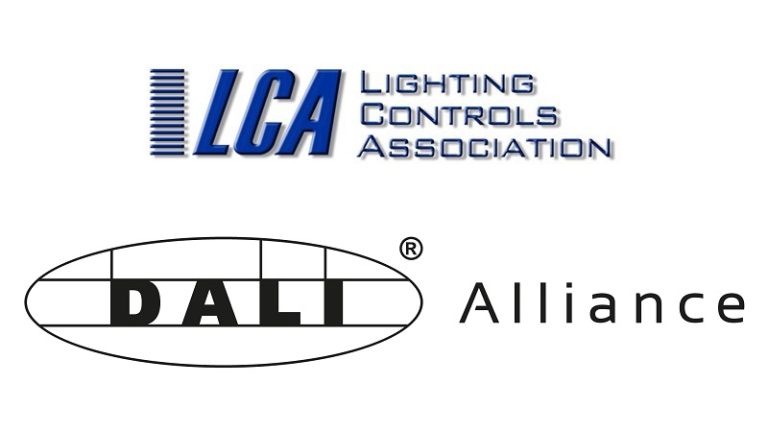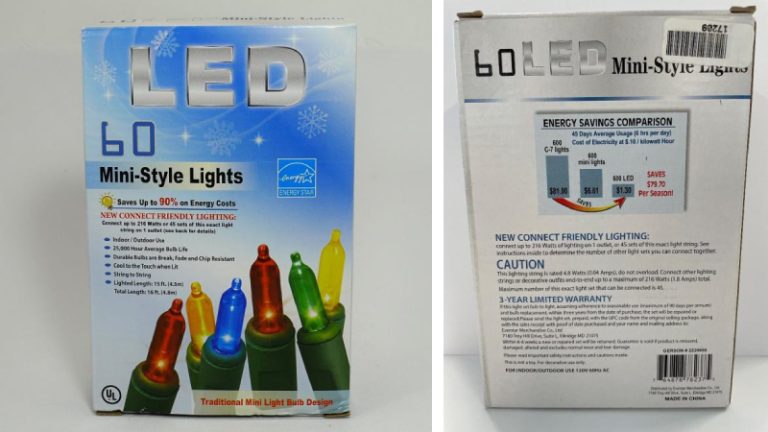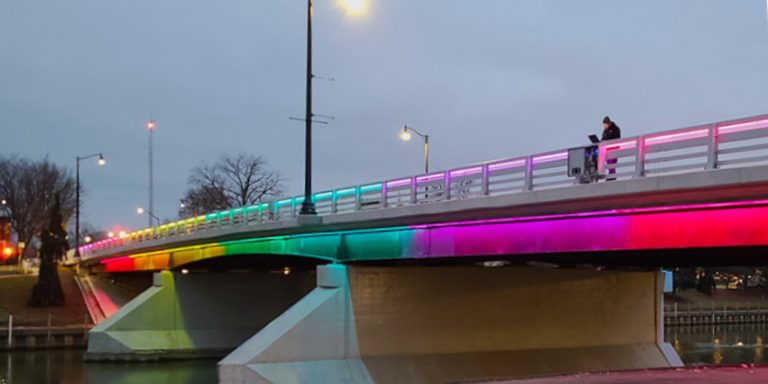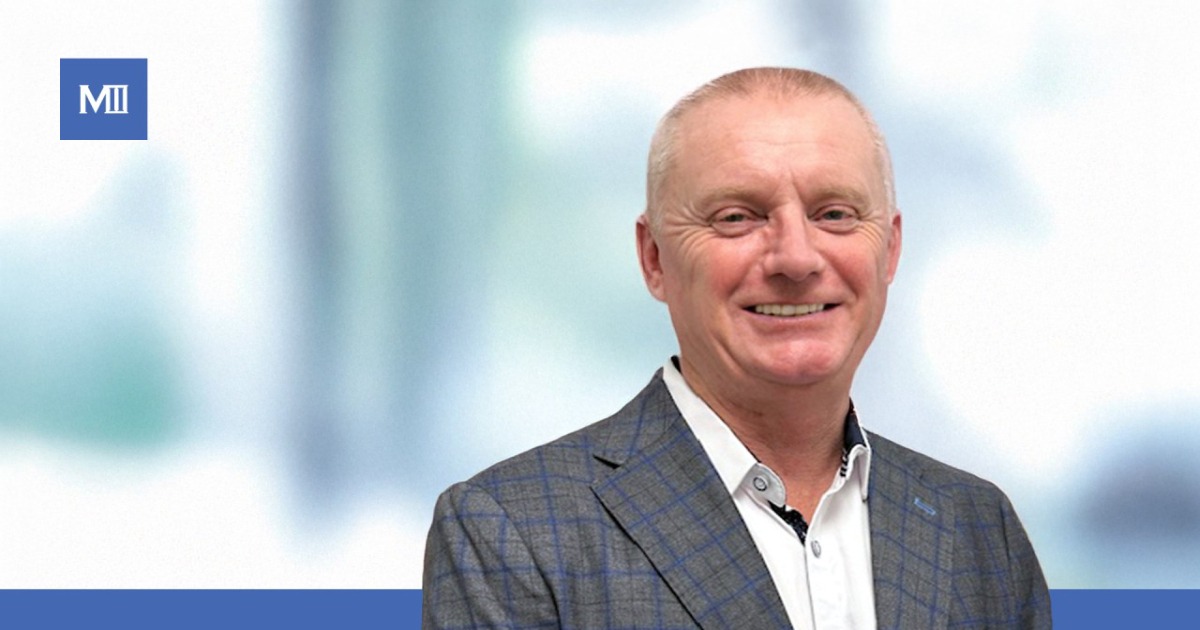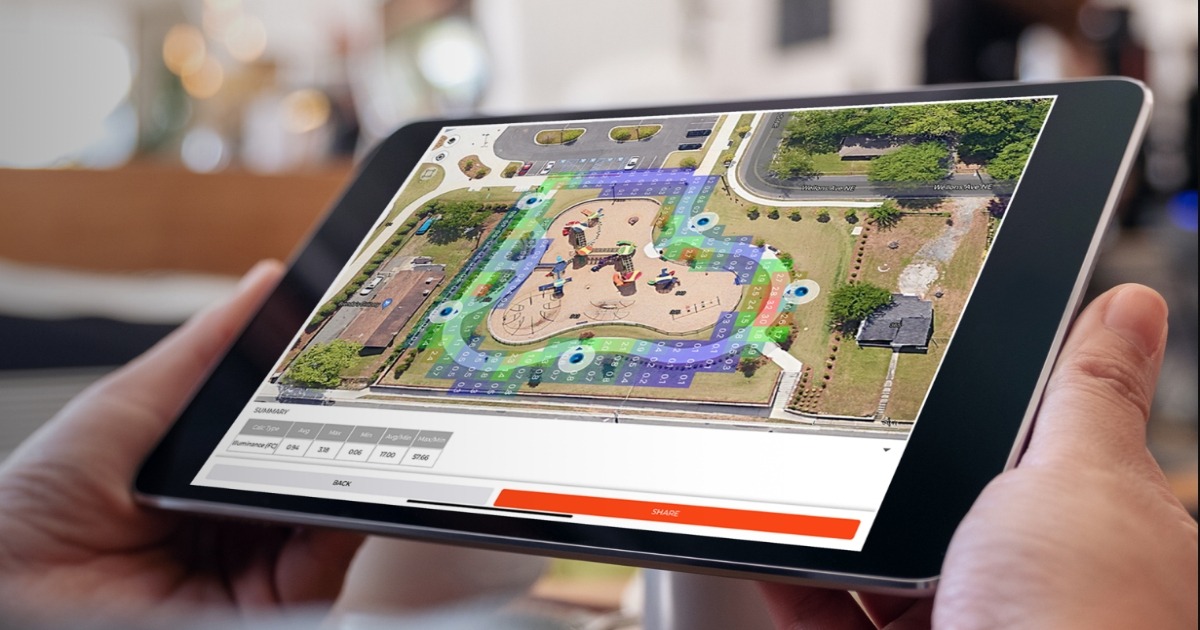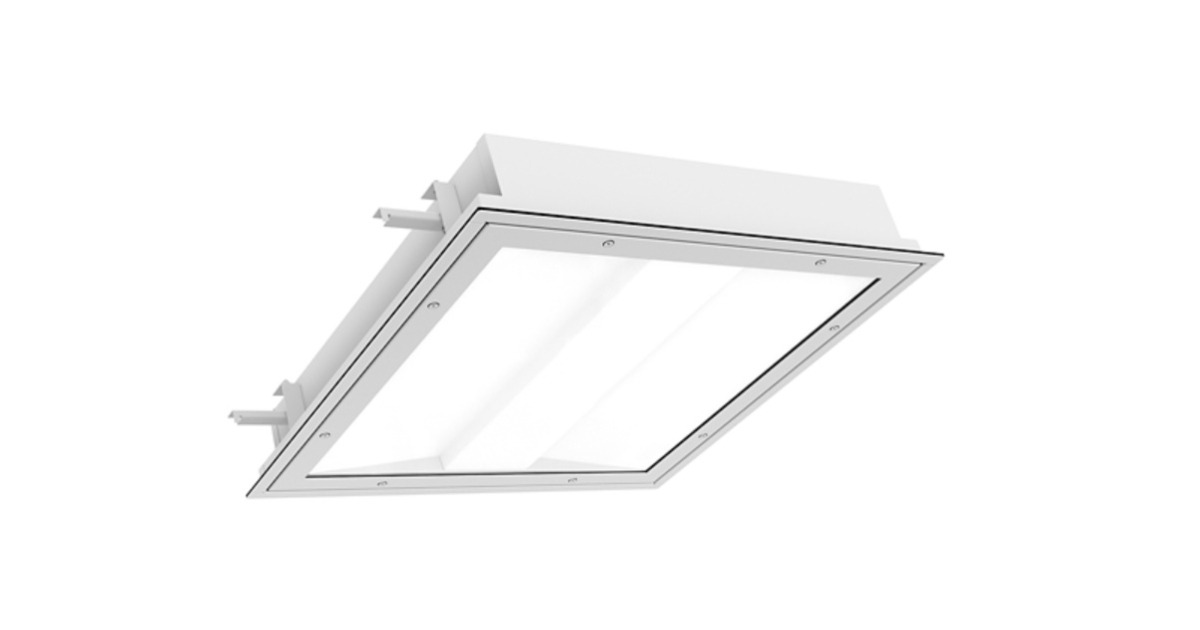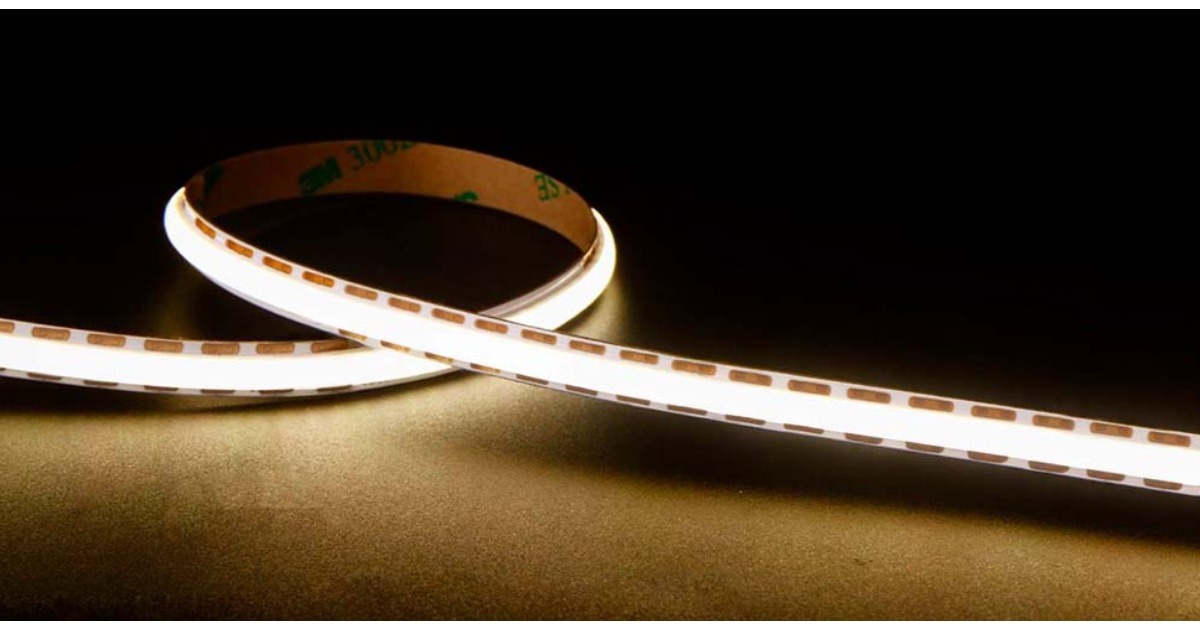Pierre-Yves Panis, Head of Design at Philips Lighting

April 10, 2017
Pierre-Yves Panis is a design expert with 25 years of professional design practice dedicated to championing the smart and efficient use of design in both emerging economies and world-leading business contexts. Before taking on corporate jobs in the U.S. and in France, he spent nearly a decade promoting and leveraging the use of design in the developing world, particularly in the informal sector economy.
In 1990, he founded Design Co Operation (DCO), an NGO operating out of Harare, Zimbabwe. DCO’s activities were centred on a commitment to “design for development” — using an industrial design approach to conceive of and develop products specifically for small-scale, low-tech production environments. For the past 15 years, he has been building and reinforcing pivotal design teams in large, complex world-class businesses including Moen, Legrand, and Orange. He continually works to establish design as an essential contributor to innovation and to the delivery of customer experience, as well as overall products and services portfolios, pushing design beyond its traditionally accepted boundaries.
Panis is a graduate of Les Ateliers (the French National School of Industrial Design) in Paris and an Executive Board Member of the International Council of Societies of Industrial Design.
As an industrial designer, what is your design vision?
Throughout my career, I’ve often had to explain and justify what “design” actually means. It’s one of those words that’s overused and can refer to all kinds of things. At the end of my training, in the late 80s, I went to Africa to work as a designer. I remember the look on people’s faces when I arrived. But what is there for a designer to do in Africa? Because people have this idea that designers make fancy lamps and nice chairs. It’s a bit simplistic as a definition of design.
So when I talk about design, I prefer to talk about the way we structure design work.
I didn’t come up with this definition myself, but the approach I like to take to demystify design is this: don’t ask a designer to build a bridge, but rather ask them the best way to get across the river. Try to understand why it’s necessary to cross the river, if a tunnel couldn’t work as well as a bridge, and whether people shouldn’t just take a boat to get to the other side.
With this in mind, what approach helps you succeed?
Design is a way to address an issue, and it has to follow three stages. The first step is studying the situation, because very often we start out with our minds already influenced by pre-existing paradigms. It’s important to find our own insight. Next comes strategy, which grows out of our observations. Industrial design is one strategic path among many others. It offers ways to a solution. The final step is synthesis, which is creation: the act of creating, of giving shape or life to a product. Often, we think of design only as this final step, but I prefer to put it at the end of the list myself. With a focus on research and the users’ experience of the proposed product, design takes on a more satisfying dimension. It is also more powerful.
In your opinion, what constitutes good design?
For me, a good product is one that makes us think about the service it offers, about its impact. A chair performs a service. A coat performs a service. The product can’t be considered separately from the experience.
Good design today is something that provides a rewarding experience, whether it’s through comfort, through ease of use, through increased productivity or improved performance. In short, a good design offers a service that makes the whole user experience satisfying.
What is the contribution of industrial design in tomorrow’s economy?
Increasingly, we are seeing a return to the basics of emphasizing the effective use of raw materials and finding the right balance between form and function. We had moved away from that a bit, in the era of overproduction and omnipresent branding that overshadowed the products themselves.
Nevertheless, I do work for a brand. So I would have to say that not only is it important for a brand to be easily recognizable in a product, but products must also reflect the values of the brand. That means ensuring that a good product has the lowest possible impact: it should respect the users, respect the environment, have a reasonable shelf-life, and create mutually beneficial relationships for the user, the installer, and all the participants in the product’s economy.
A good design is simple, but simple is hard to do. You have to make the purpose of your product clear, while doing the least damage possible.
We see that many generations of consumers, all over the world, want greater simplicity, less ostentation, less branding. In fact, what they are seeking is a greater sense of awareness. Many of them have realized that we can’t keep going in the same direction. The brand of a product is less important than in the past; what matters is the service it performs and whether it meets a need, which explains the popularity of custom-made products.
There is clearly a changing attitude about consumption, and that directly affects the design profession.
How would you define innovation in lighting?
The lighting industry’s vision has evolved a lot over the past century. We used to work on developing a light source, an output, some durability. Then, at the beginning of the twenty-first century, we started to understand the full potential of light and began going beyond simple illumination: thinking about lighting in terms of security, of well-being, using it in a therapeutic way, to increase productivity, for entertainment, etc. In other words, for improving life.
In the 1970s and 80s, we really started to see the emergence of lighting design. There was a growing awareness in terms of expertise, and of how the science of lighting could lead to a more intelligent management of light.
Now we are seeing another paradigm shift that goes beyond simply offering the right lighting for the right moment. We’re talking about usage, about the experience of light.
You are the head of design at Philips Lighting. How does this kind of innovation take shape at Philips? What is the most important aspect of lighting design?
At Philips Lighting, design is an integral aspect of innovation. At the heart of this innovation, there is design, yes, but also research about lighting. The framework for this approach to innovation is to look at the different domains of use. For example, lighting at home, lighting in transportation, lighting in public areas, and so on. This leads us to discuss things and tackle aspects or uses of light that we didn’t address in the past.
Innovation is also leaning more and more towards a collaborative approach. We can’t isolate ourselves, working with our own assumptions and waiting for inspiration to hit. We have to go see the users in different situations and consider the issues together with them. We listen to them, try to understand their challenges. Our job is to work with them from a conceptual point of view, while also thinking about the end product. The result comes from a framework of collaboration with consumers. The solutions then emerge naturally enough.
In your opinion, how can personalized lighting improve the society in which we must live together?
This year’s theme has a direct link to the paradigm shift that’s happening right now in the industry. The user’s expectations regarding personalization have evolved enormously. Today, we have the possibility of using lighting to create general, homogenous experiences and to create signatures for areas, for public spaces where we can still have the impression of a unique personalized experience. In these public spaces, despite our differences, we can all be part of a collective vision and at a certain time of day, or time of life, or in relation to certain events, we will have different relationships with that space.
This personalization helps us live together, in a community. This is an encouraging trend; it’s a message of hope and humanity, a source of positivity we can harness.
What advice would you give young industrial designers to succeed in the industry?
I have some easy advice, and some not so easy. I’ll give three tips. The first is to develop the skill of observation. The perspective we bring to a situation evolves with time and experience. So deep-rooted convictions, for me, don’t work. You need to take the time to understand something rather than start out with set ideas. That openness is a quality that sometimes gets lost over time. You have to stay curious. The second piece of advice is to have humility. You have to approach a situation knowing that you don’t necessarily have the answer and that you have to work with others to be useful. Finally, I’d like to tell young designers not to stress out. Life these days is complicated enough, you have to have fun too. You need to do something you enjoy. Have fun and take some risks.
This article first appeared as a Philips blog: http://applications.nam.lighting.philips.com/blog/index.php/2017/02/23/interview-with-pierre-yves-panis-head-of-design-at-philips-lighting/.


